Oil prices dropped more than 10% on Friday (March 6) when the U.S. WTI (West Texas Intermediate) crude closed at US$41.28 – the lowest since August 2016. More importantly, it was WTI’s biggest one day percentage drop since November 28, 2014. Meanwhile, international benchmark Brent crude lost 9.4% to close at US$45.27 a barrel – something not seen since June 2017.
The nasty Covid-19 coronavirus did not only crash the world economy, but also crushed the relationship between OPEC and Russia. The OPEC cartel led by Saudi Arabia apparently wanted Russia to agree on the following new plan – extend existing production cuts of 2.1-million barrels a day throughout the entire 2020 as well as to cut additional 1.5-million barrels.
The Saudi’s proposal also says that while the OPEC members would cut 1-million barrels, non-OPEC partners – including Russia – would cut the remaining 500,000 barrels per day. However, Russia disagreed with the Saudi’s ultimatum, putting the 3-year alliance at risk of falling apart. Beginning April 1, everyone can pump as much oil as they like, said Russian Energy Minister Alexander Novak.
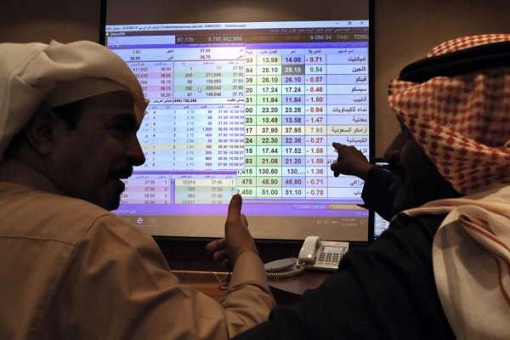
The Russian minister said – “We have made this decision because no consensus has been found of how all the 24 countries should simultaneously react to the current situation. So as from April 1, we are starting to work without minding the quotas or reductions which were in place earlier, but this does not mean that each country would not monitor and analyse market developments.”
The alliance between the OPEC and non-OPEC members, also known as the OPEC+, could disintegrate after Russia appeared to be no longer interested in supporting the crude oil prices by using Saudi’s “production cut” tactic. Russia can afford to walk away from the alliance because the Kremlin has a stronger stomach for lower prices than Saudi.
OPEC has been facing tremendous pressure since oil prices fell into a bear market last month when both benchmarks – WTI and Brent – lost over 20% from their previous month of January. Last month, the OPEC+ proposed that on top of the existing 1.8 million barrels per day cut (implemented since 2016), an additional 500,000 barrels cut would be deployed to combat the coronavirus.
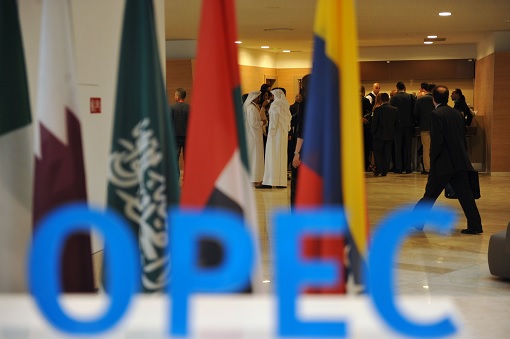
But the attempt failed miserably as the worries about the virus overwhelmed the effort. Back then, the deaths due to Coronavirus were only 427 people with 20,438 confirmed cases. Today, about a month later, the deaths have climbed to 3,600 with 106,195 confirmed cases, and there’s no strong sign that the pandemic is under control, even in the United State.
Prices of crude oil have now fallen 33% since early January. If the OPEC cartel was already panicking last month, they have more reasons to be terrified today. Research firm IHS Markit predicted last Wednesday that oil demand will suffer its steepest decline on record in the first quarter – worse than the 2008 global financial crisis, the worst economic disaster since the Great Depression of 1929.
Interestingly, the last time OPEC and non-OPEC partners cut oil supply on such an industrial scale was during the 2008 Global Recession, when it reduced the world supply by 4.2-million barrels per day. However, back then, there were financial instruments or tools to fight the financial meltdown. Now, the world does not even have the necessary vaccine to combat the virus.
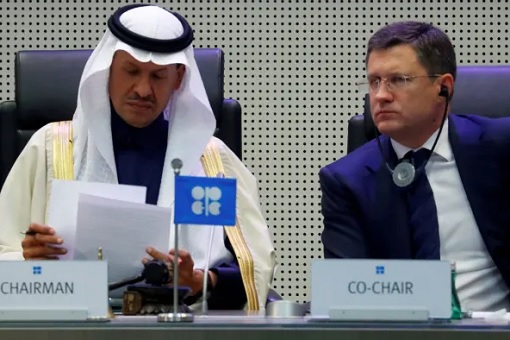
The Arabs must first convince Russia to at least extend existing production cuts of 2.1-million barrels a day for the entire 2020. If they can’t even agree on that, it would be a waste of time to even think about cutting additional 1.5-million barrels. To make matters worse, Iranian Oil Minister Bijan Zanganeh admitted that OPEC had “no plan B” if Russia refused to play ball.
While consumers can rejoice, oil producer countries would suffer. Virtu Financial founder Vincent Viola said he believes crude oil will test the US$35 level again. But that’s a conservative figure. Other analysts think the U.S. benchmark prices could fall toward US$30 a barrel as Russian’s action seems to suggest that there’s no more deal with OPEC.
The last time the crude oil fell below US$35 was in the New Year of 2016. However, it was due to oversupply after the U.S. flooded the market with shale oil. Initially, Saudi refused to cut supply as it believed cheap oil would drive American shale producers out of business. Eventually, OPEC agreed in Nov 2016 to slash its output in order to boost the price of oil, after losing its war with the U.S. shale producers.
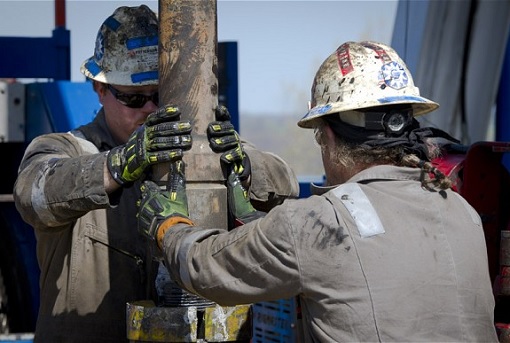
This round, Russia deliberately wants the crude oil price to crash as that will also crush American oil production, which in turn will restore the Kremlin’s dominance. It probably figured that it was a mistake working with OPEC in defending the crude oil prices instead of protecting market share. The U.S. is now the top oil-producing country in the world, snatching market share from Saudi and Russia.
Total U.S. oil production climbed to a record 13.1 million barrels a day for the week ended February 28. Ryan Fitzmaurice, commodities strategist at Rabobank, said that Russia may be willing to “suffer through a period of low prices in order to deal a final blow to the U.S. shale industry.” Until its next official meeting on June 9-10 in Vienna, Russia may adopt a wait-and-see attitude.
Russian President Vladimir Putin may see the current virus outbreak crisis as an opportunity to play a long game with the United States. If he thinks the latest oil market chaos will do more damage to the U.S. (and Europe for that matter) than it will do to Russia, he will take his chance – add more fuel to the fire – for possible long-term gain. A few days ago, Putin said Moscow was quite happy with the oil prices.
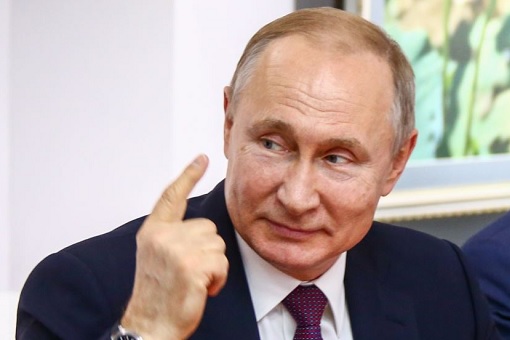
Besides, the U.S. has been taking a free ride out of OPEC+ production cut for the last 3 years. Moscow was also upset by recent U.S. sanctions on the trading arm of Russian energy major Rosneft and Nord Stream 2, the proposed new gas pipeline between Russia and Europe. Putin also has a new partner – Coronavirus – to hurt American shale producers.
Russia may have figured that the OPEC+ was fighting a losing battle with the Coronavirus anyway. IHS Markit estimates world oil demand at 96 million barrels a day for the quarter, down 3.8 million barrels a day from a year earlier. Therefore, even if Russia had agreed to the additional cut, it would not be enough to address the trail of destruction caused by the virus.
Other Articles That May Interest You …
- If Coronavirus Outbreak Continues, A Middle East Financial Crisis Could Explode
- Get Ready For US$40+ Oil Price – OPEC’s Plan To Cut An Extra 500,000 Barrels Fails To Stop Coronavirus Panic
- How China’s Disease Surveillance System Discovered The Coronavirus Within 1-Week Of Illness Reports
- Phase-1 Trade Deal Signed – But Here’re The Problems Both China And The U.S. Don’t Want To Tell
- Saudi Arabia Humiliated After Oil Facilities Attacked By Drones – If You Play With Fire, You Get Burned
- It’s Not Over Yet – Promised To Take The Necessary Countermeasure, China Could Target The U.S. Oil
- Oil Prices In Free Fall Despite OPEC Supply Cuts – Here’s Why It Could Get Worse
- Forget OPEC – These 3 Powerful Men Will Determine & Control The World Oil Prices
- Get Ready For $40 Oil – Crude Drops Like A Rock, Here’s Why America Holds The Key To Oil Prices
- BOOM!! – Crude Oil Prices Drop Spectacularly From Its $80 High, And Here’s Why It Will Continue To Fall

|
|
March 8th, 2020 by financetwitter
|


|

|

|

|

|

|




























Comments
Add your comment now.
Leave a Reply